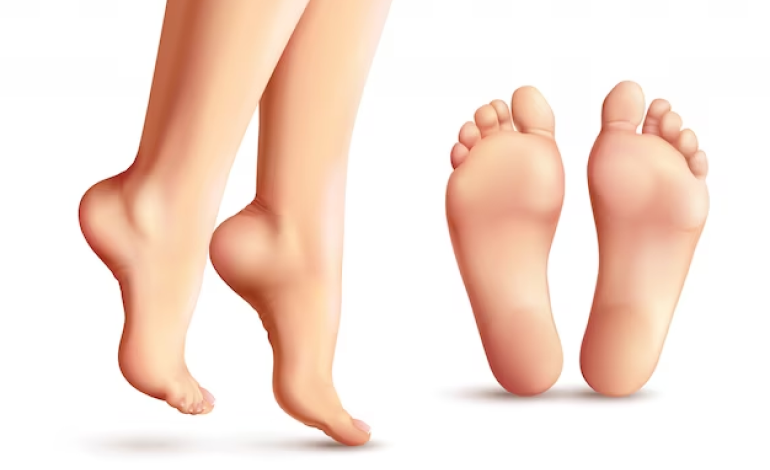Genetic predisposition, with some individuals naturally having flatter arches.
.png)

Flat Foot, or Pes Planus, is a common condition where the arches of the foot collapse, causing the entire sole to come into complete or near-complete contact with the ground. This condition may be present from childhood or develop over time, and it can vary in severity. While many people with flat feet do not experience pain or other symptoms, others may require intervention to alleviate discomfort and improve foot function.
Flat Foot can result from various factors, including:
Genetic predisposition, with some individuals naturally having flatter arches.
Weak or stretched tendons and ligaments supporting the arches.
Muscle or nervous system disorders that impact foot structure and function.
Common symptoms associated with Flat Foot include:
Pain or tenderness along the inner arch or bottom of the foot.
Swelling on the inside of the ankle.
Difficulty standing on tiptoe.
Foot fatigue or discomfort, especially with prolonged standing or walking.
Diagnosing Flat Foot may involve:
Assessment of foot structure, flexibility, and range of motion.
X-rays or other imaging techniques to evaluate the bones and alignment of the feet.
Management of Flat Foot may include:
Custom-made or over-the-counter arch supports to provide additional support and improve foot alignment.
Exercises to strengthen muscles, improve flexibility, and enhance foot function.
Choosing supportive shoes with proper arch support and cushioning.
If you are experiencing discomfort or suspect you have Flat Foot, consultation with a healthcare professional is recommended. Schedule a consultation to discuss your symptoms, receive a comprehensive evaluation, and explore appropriate treatment options for improved foot health.